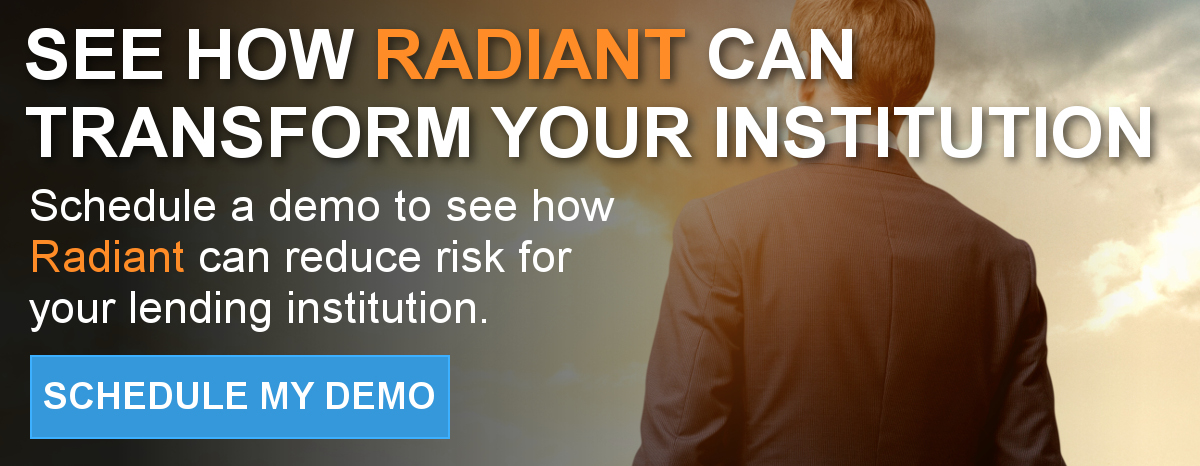The banking industry is entering a new chapter as the use of technology shifts from optional to mandatory in order to remain relevant in the current global and economic environment.
As of July 20, 2020, the FDIC has released a request for information as part of its initiative to promote the efficient and effective adoption of technology at FDIC-supervised banks and savings associations. The request for information is a part of its FDiTech initiative, which the FDIC describes as marking “a new chapter in the agency’s continued evolution and efforts to ensure safety and soundness in today’s financial market place.”
This request for information seeks public input on whether a standard-setting and voluntary-certification program could be established to support financial institutions’ efforts to implement models and manage model risk. The FDIC is particularly interested in information on models and technology services developed and provided by financial technology companies, sometimes referred to as ‘’fintechs.’’
Regarding standard-setting, the FDIC is interested in facilitating the creation of a standard-setting organization comprising representatives from both the government and the private sector with several aims. These include establishing voluntary standards across a wide spectrum as well as certification standards for third party technology providers so that financial institutions can rely more easily on the safety and soundness of the technologies they implement.
Specific areas being considered for standard-setting include:
- Various financial models utilized by financial institutions and implemented by technology solutions including underwriting, anti-money laundering, and fraud modeling
- Models relying on artificial intelligence, machine learning, or big data processing
- Standardizing approaches to due diligence for third party providers to evaluate aspects such as financial condition, cyber security, and more.
Technology and Community Banks
FDIC Chair Jelena McWilliam said in a “Closing Bell” interview, “If small banks do not adopt new delivery channels that their customers have come to expect from technology companies, they are going to go the way of Blockbuster,” implying that if banks cannot transition to new technologies, they will fail.
Do technology innovations fit the community bank business model? That depends on what the community bank model is and what it may become in the future.
While no concise, comprehensive definition exists, the FDIC has identified certain characteristics that define community banks. Key in this definition is that most banks (9 out of 10) are considered community banks.
Generally, community banks are what most people think of when thinking about a bank: they have strong ties to the community; their business is built on relationships; they operate in a limited geographic area; lending is their primary activity; and their lending is not concentrated in a specialty such as credit cards or trust management.
The traditional model of the community bank has been successful for over 100 years. It is a model that hinges on personal service, face-to-face interaction, the strength of community ties, and personal relationships.
Assuming the above it true, a move to technology, would seem to diminish these types of interactions. This may be a quandary in which banks find themselves. The recent COVID pandemic has obviously forced banks to adjust to new parameters in this regard. Depending on where things go from here, it is possible this could serve as an additional catalyst for more innovation.
Some banks have been agile in their transition to use of technologies. As an example, Cross River Bank, was able to become the 4th largest Payroll Protection Program (PPP) lender by loan volume after passage of the CARES Act, falling behind only JPMorgan, Bank of America, and Wells Fargo. By partnering with multiple channels such as Intuit, BlueVine, and Kabbage, Cross River Bank was able to access customers who needed PPP loans despite only having one branch.
As of July 24th, 2020, Cross River Bank was able to lend $5.9 billion in PPP lending with 164,816 total loans. By providing accessibility to fintech companies and, therefore, access to credit and loans, Cross River Bank has been able to meet needs in ways that many much larger banks had not been able to achieve.
“This is an integral part of what the future of banking is going to be,” said Gilles Gade, the CEO of Cross River Bank, regarding the use of technology in banking. As the FDIC seeks information, it is becoming increasingly clear that adaptation and the rapid adoption of technology are crucial to the survival of community banks.
The FDIC has indicated they intend to work to help community banks transition to using delivery services and channels similar to much larger banks. The FDIC is looking internally and externally to ensure that they can provide a path to community banks for easy and rapid adoption of such technologies.
Merging of Streams
Data analysis and technology are intersecting. There are huge volumes of information available, but coding routines are needed that can process enormous volumes of data from many different sources and formats and turn it into useable information.
Though the data volume is massive, it is useless without analytics. More and more, the analytics are becoming embedded in the data gathering process, thus foregoing the need for an additional and separate process for analysis. This has been spurred on by cloud technologies and growing consolidation of information.
Predictive analytics and modeling is now giving way to more powerful machine-learning and artificial intelligence.
Opportunities to Embrace Tech
One area in which community banks could benefit with technology innovation with little disruption to their business models is in the area of compliance. The compliance burden has grown exponentially; and for the smaller banks, this has become a struggle for efficiency.
Technology can yield (2) key dividends in this arena. The first is through simply lowering cost by leveraging technology to reduce required staff hours. In smaller intuitions where staff has multiple roles, this has the additional benefit of allowing time for more revenue-generating related efforts. The second is equally if not more important, and that is having better compliance.
This means lower risk and also lowered cost by reducing the likelihood of having extremely intense regulatory examinations that can be costly, and/or worst case, having an issue that results in civil money penalties or some type of enforcement action.
One of the most fertile grounds for such gains is in the fair lending space. The fair lending examination essentially culminates with a review of lending activity generated by loan policies, procedures, and practices. This lends itself to having processes that generate consistency and data that supports that the institutions’ efforts are objective and non-discriminatory.
All comments regarding the FDIC information request must be submitted by September 22, 2020.



